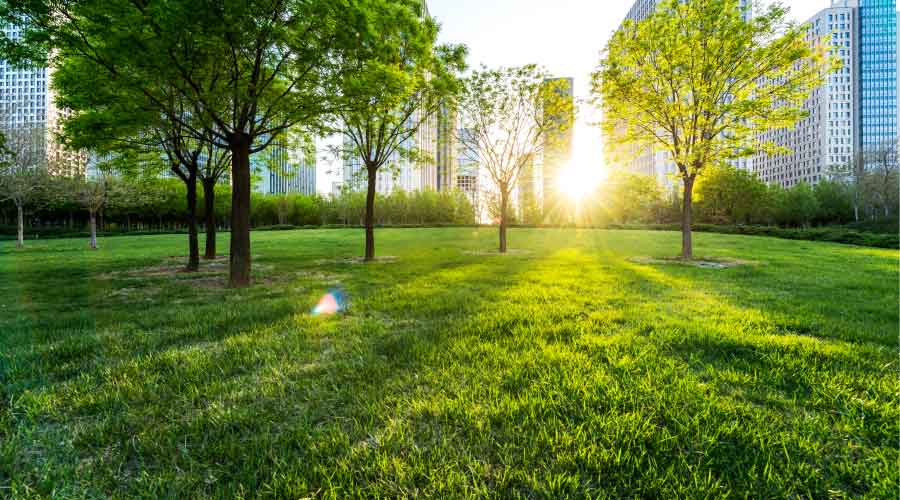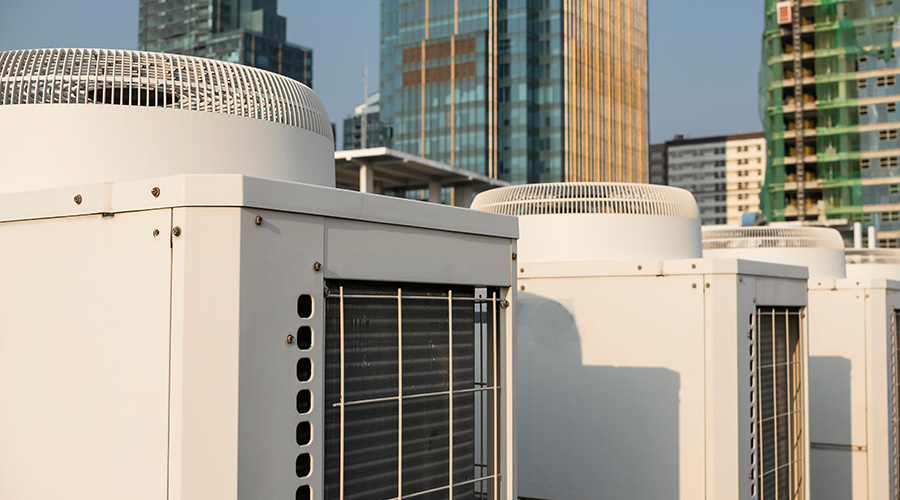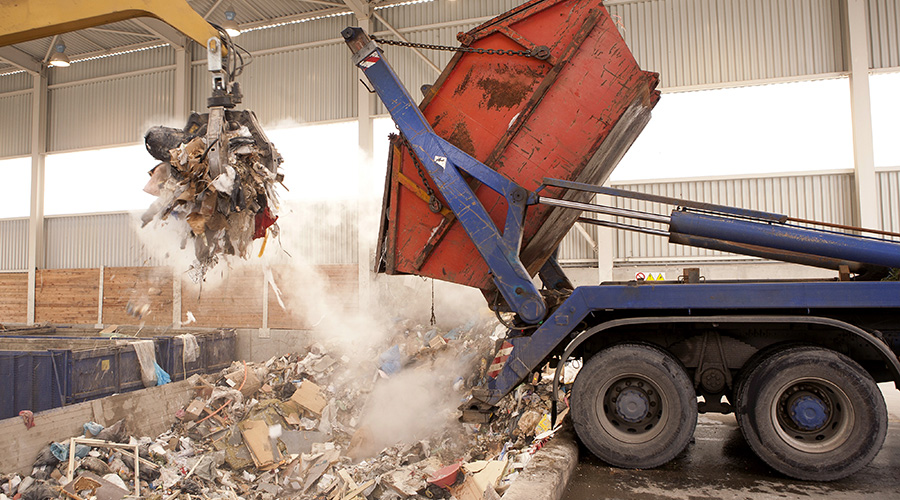How to Connect Buildings and Building Occupants to Nature
The science is clear: A connection to nature and natural views promote creativity, productivity, health and wellness, and overall more satisfied occupants.
By Greg Zimmerman, senior contributing editor
In the last decade, there has been an avalanche of research showing how critical views of nature, a connection to nature, and natural elements in the built environment are to employee health and wellness, workplace satisfaction, and productivity. Why do we enjoy nature? It’s just the way we’re wired as humans. For 99 percent of the time of our evolution as humans, we’ve adapted to the natural world, rather than adapting the world to us.
So how do we include the natural world in our human-made buildings? In the past, this idea of a “connection to nature” in buildings might have been easily dismissed. “You’re here to work, not to daydream about hugging trees,” skeptical bosses might have said.
On the other hand, there has been considerable pushback – and for good reason – against shoehorning employees into a cubicle farm in a windowless, featureless office space. This isn’t just detrimental to productivity, it’s dystopian.
That’s why so much time and energy has been spent in the last decade or so researching and providing evidence for the notion that a connection to nature improves our condition at work.
One of the most-cited works is a 2016 survey, part of the Human Spaces Global Report, of more than 7,600 workers in 16 countries showing that workers in environments with natural elements reported 15 percent higher level of well-being, 6 percent improvement in productivity, and a 15 percent higher level of creativity. Now, 6 percent doesn’t sound like much, but because employee salaries are by far the largest line item on any organization’s budget, a modest improvement in productivity is akin to an enormous savings in energy.
But the idea of a connection of a nature isn’t just about the benefits it can bring to the bottom line. It’s what employees want, too. More recent research, a 2023 report titled “High Performance Buildings and the Evolution of the Workplace” from sustainability consulting firm Stok, identified “connections to nature” as one of the five most important aspects of a high-performance workplace to employees. The report says that a connection to nature has “been proven to minimize the negative impacts of job stress and intention to quit, as well as support general well-being.”
Rating Systems Recognize Value
Recognizing the value of connections to nature in the built environment, two major sustainability and health and wellness rating system require connection to nature-focused strategies.
The WELL Building Standard v2 has a Precondition (a strategy required for any level of certification with WELL – like a LEED Prerequisite) called Nature and Place.
“This WELL feature requires the integration of nature throughout the project, as well as design strategies that celebrate the project’s unique identity and inspires human delight,” according to the language in the rating system.
There’s two pieces to this Precondition. First, the facility must include some connection to nature, whether plants, water fountains, natural views, or a combination of all three. Secondly, inspiring “human delight” is just a different and more fun way of expressing a strategy facility managers work on every day: Occupant satisfaction. Buildings that are delightful make for happier, more productive occupants, which is the goal in the first place.
The Living Building Challenge 4.0, often recognized as the leading edge of sustainable and even regenerative design and facility management, includes an Imperative (same as Precondition in WELL and Prerequisite in LEED) for Access to Nature.
“All projects must connect people and nature through the provision of sufficient and frequent human/nature interactions in both the interior and the exterior of the project to connect the majority of occupants with nature directly,” says the standard.
The International Living Future Institute, the organization that runs the Living Building Challenge, also heads a Biophilic Design Initiative. Biophilic design is the idea of incorporating natural elements or elements mimicking nature in building design and construction. The Biophilic Design Initiative provides case studies, a design toolkit, and other resources to help users make connections to nature in their buildings.
Greg Zimmerman is senior contributor editor for the facility group, which including FacilitiesNet.com and Building Operating Management magazine. He has more than 19 years’ experience writing about facility issues.
Related Topics:












